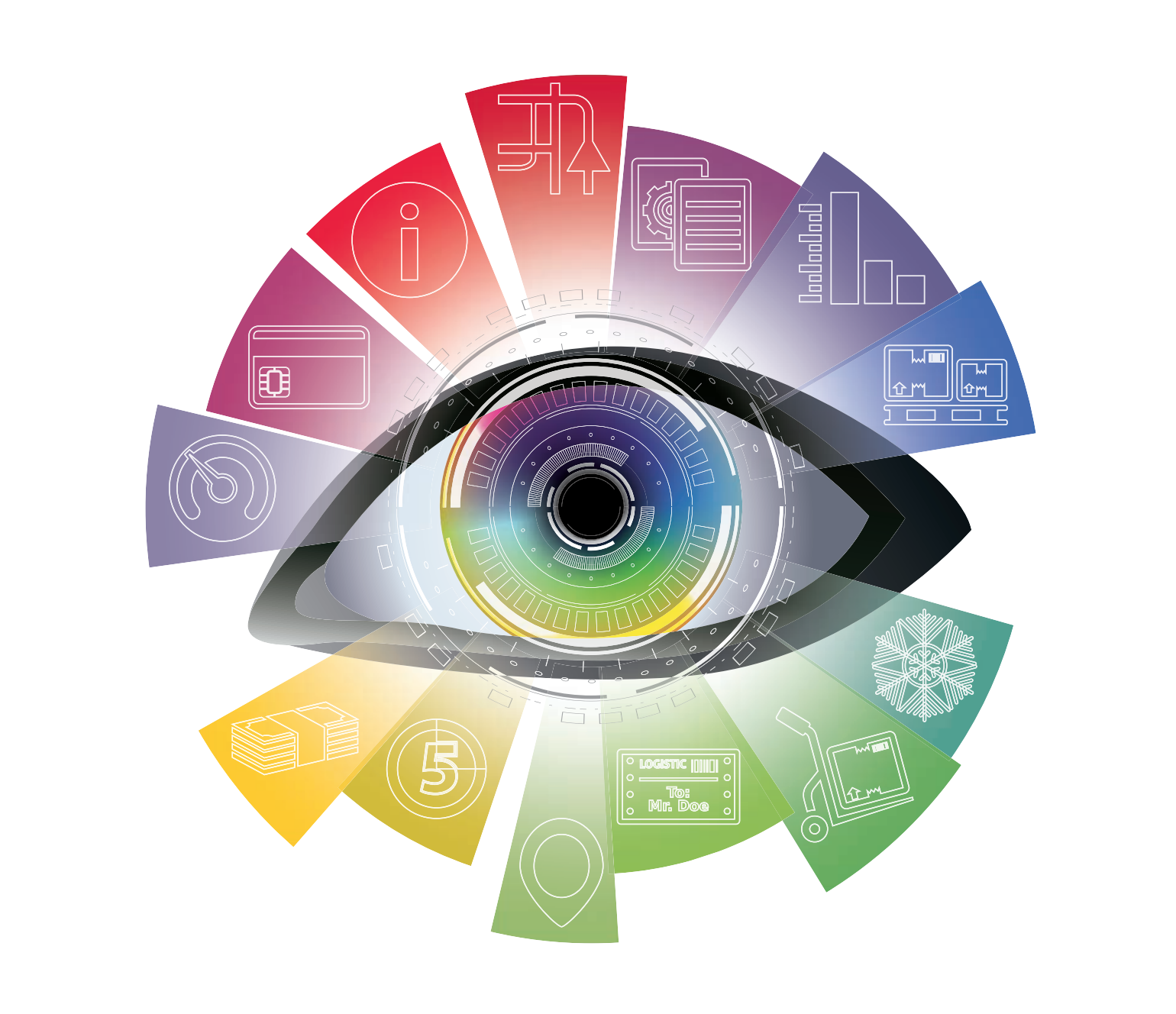Improving Logistics with Augmented Reality
Augmented reality (AR) is on course to improve efficiency in logistics, manufacturing and employee training. The technology has the potential to increase productivity in warehouse operations as well as transport and delivery tasks. AR allows for information to be displayed over the real-world view of the user with smart glasses. This handsfree information being pushed into the eye-line of the user in real time makes for easy identification of physical objects e.g. parcels in a warehouse. The instant feedback and recognition of objects provided to warehouse workers can significantly reduce the time spent organising stock. The current methods deployed in most warehouses involve traditional paper checklists and stock takes. These methods are slower and more prone to human error than the solution provided through augmented reality systems.

Indoor navigation of warehouses can also be giving to supply workers using AR. The fastest possible route to take when transporting packages would be laid out for employees, reducing travel time.
“AR has so far shown most promise for logistics in warehousing operations. These operations are estimated to account for about 20% of all logistics costs, and the task of picking accounts for 55% to 65% of the total cost of warehousing operations. This indicates that AR has the potential to significantly reduce cost by improving the picking process” – DHL.
Warehouse Planning
The infrastructure of a particular warehouse can be better planned out with the use AR. Warehouses are often more than just storage facilities for products. They can double up as assembly lines, packaging areas and repair stations. These additional service areas can be difficult to efficiently map out when designing a warehouse layout. Augmented reality provides the warehouse planners with the ability to visualise in full scale how their plans will look when completed. Planners can test whether measurements of a planned modification will fit in place, and model new workflows. This will help reduce the cost involved in warehouse design and planning.
Transportation
Ensuring that all the correct inventory is loaded up and on the correct pallet involves visual inspection and checking off by manually scanning barcodes. The use of augmented reality would allow for these completeness checks to be carried out by a worker simply glancing into the freight. A combination of scanners and 3D depth sensors can determine how many individual pallets and parcels are present and whether they are in the correct area or not. This AR system could also scan items to detect any damage or faults.
The further implementation of AR for delivery drivers can improve both safety and transportation times. It’s estimated that traffic congestion costs Europe about 1% of gross domestic product (GDP) each year. Through using AR windscreen projections or smart glasses, drivers can be fed live traffic info and best route navigation updates.
“Estimates suggest that drivers spend between 40% and 60% of their time away from the distribution centre not driving. Instead, they spend much of this time locating the correct boxes within their truck for the next delivery. Currently, to find a box, drivers must rely on their memory of the loading process.” -DHL
The unloading times of the drivers can also be significantly reduced from using AR. Much of the time it currently takes to transport goods is spent loading and unloading the packages from freights. AR devices can display loading instructions, ranging from size and weight and ensuring that the items to be delivered first are at the front of the freight and not the back. The real-world scanning and measuring abilities AR means that freights can be loaded optimally and safely; much like a well played game of Tetris.
